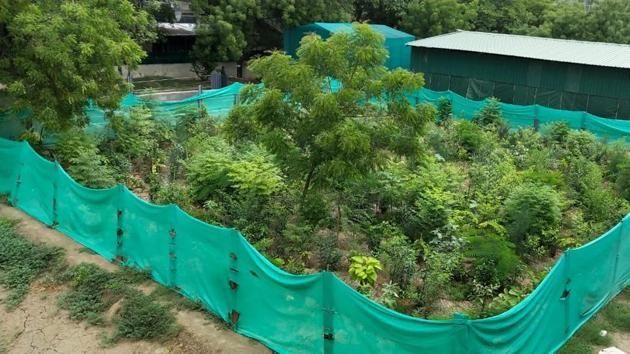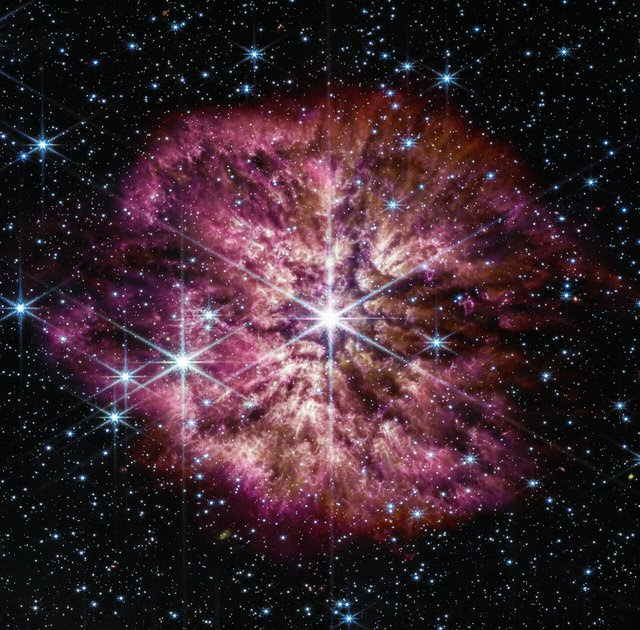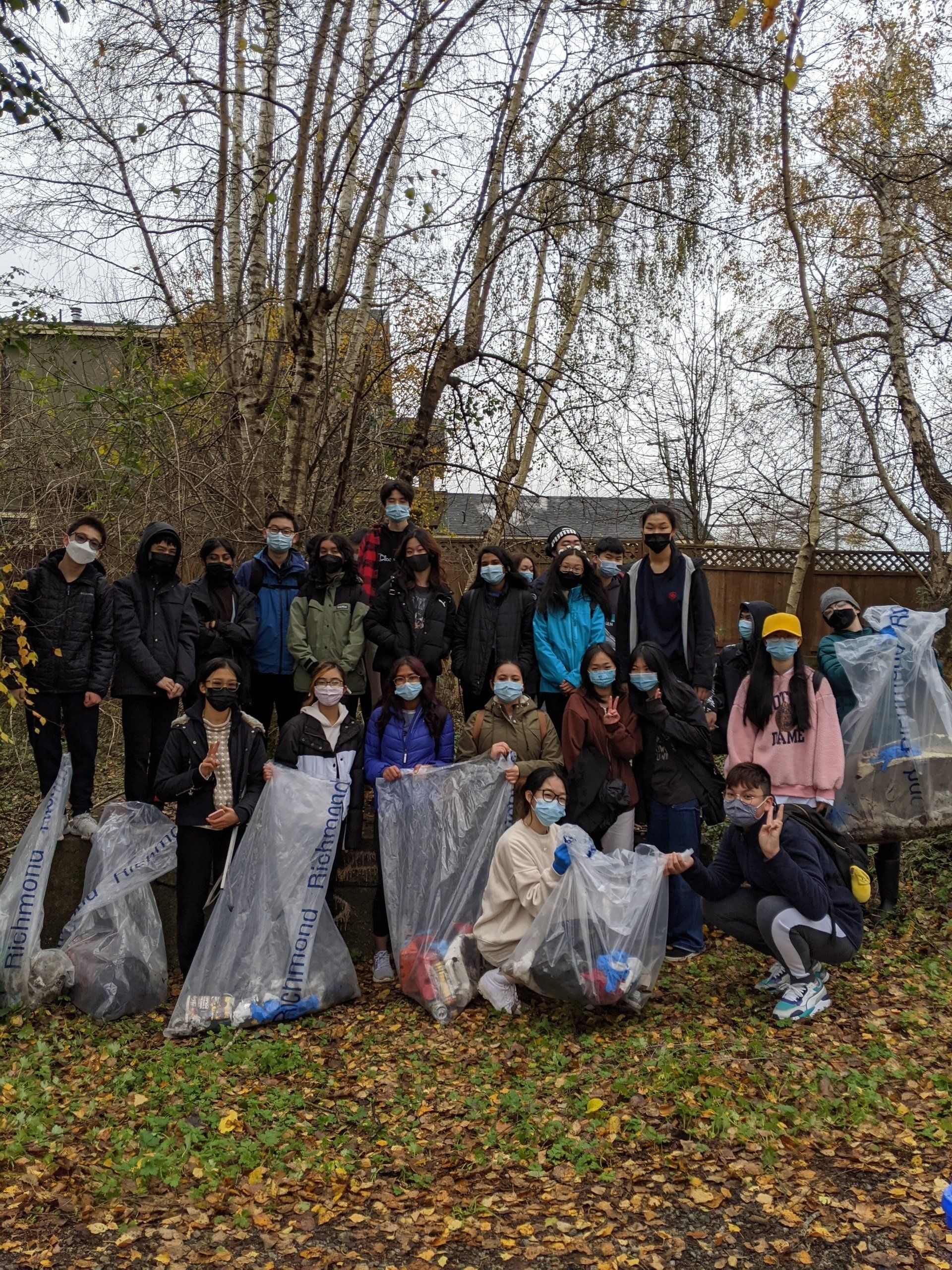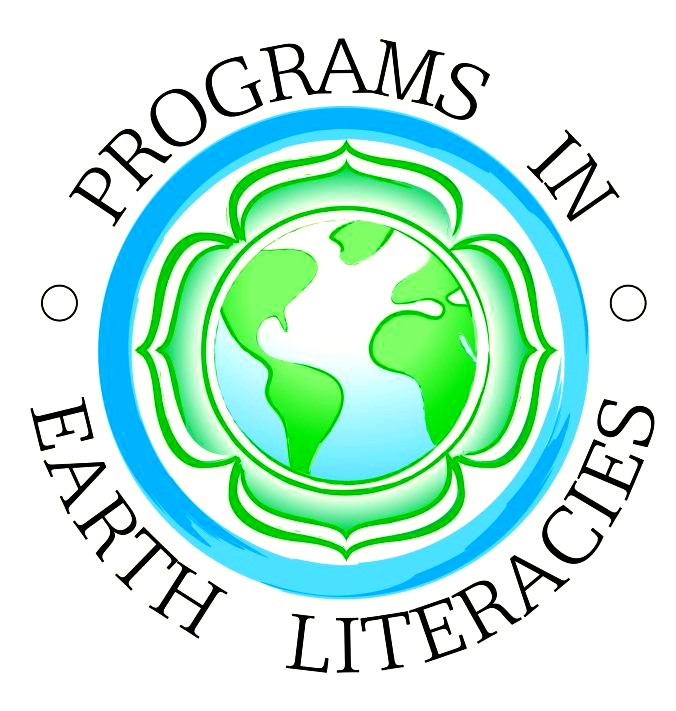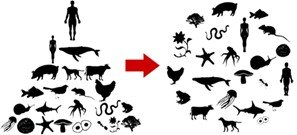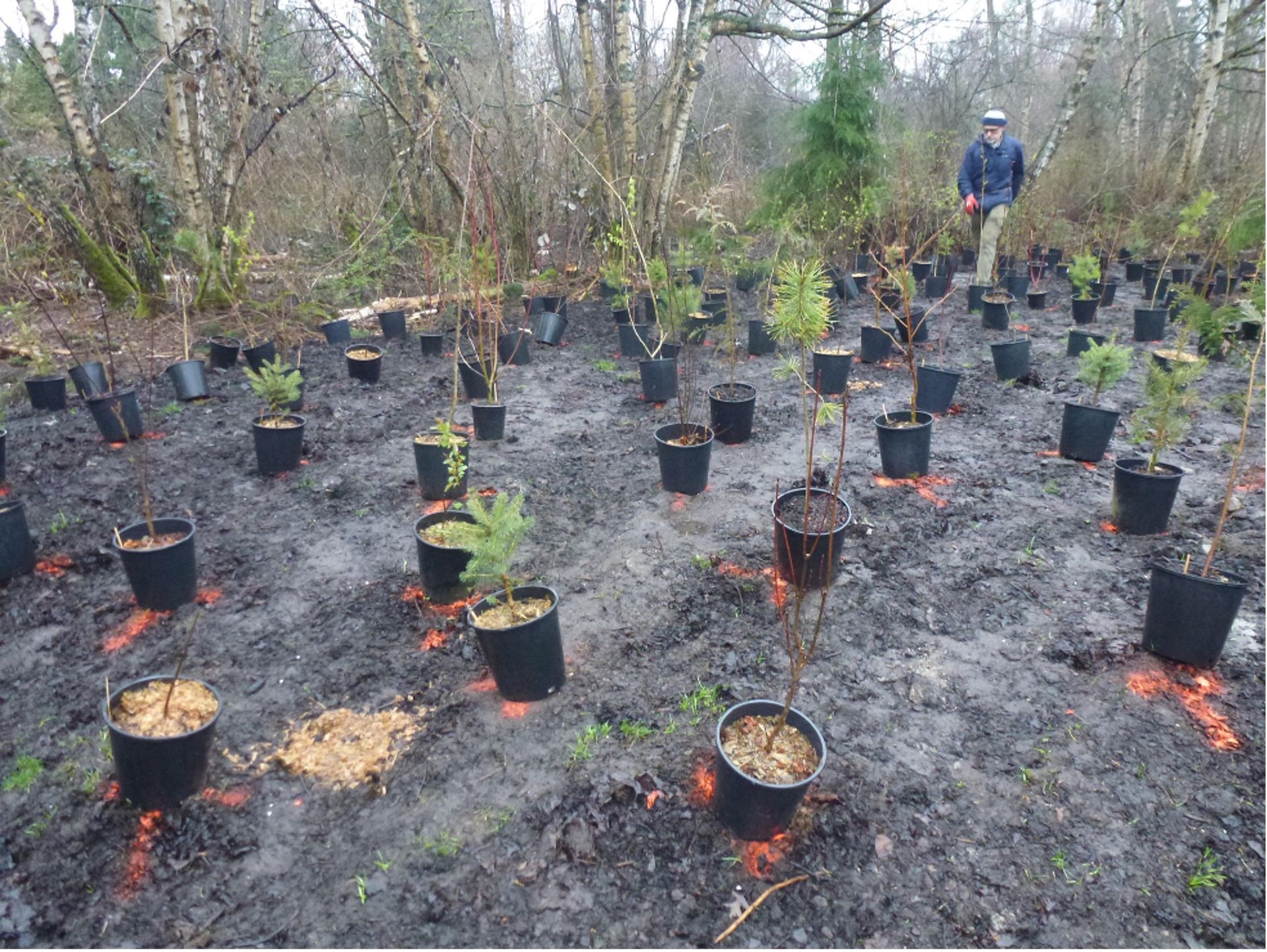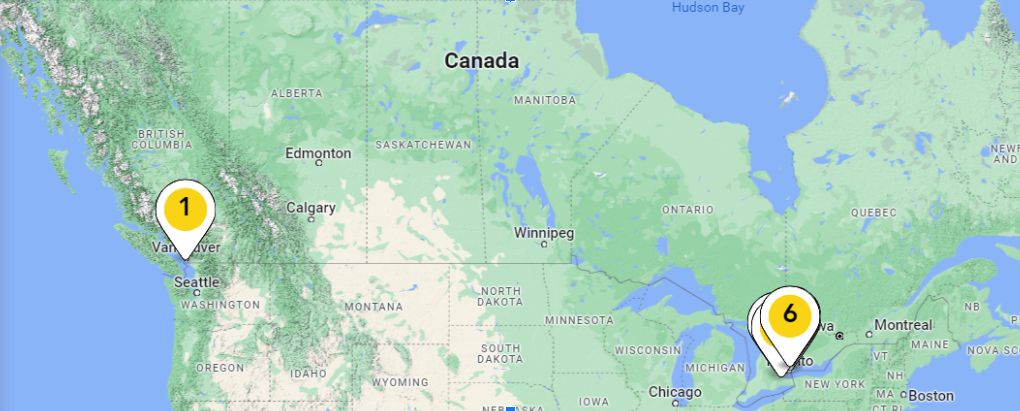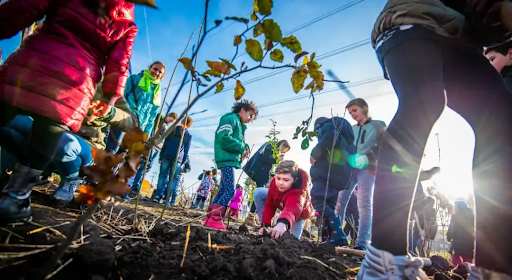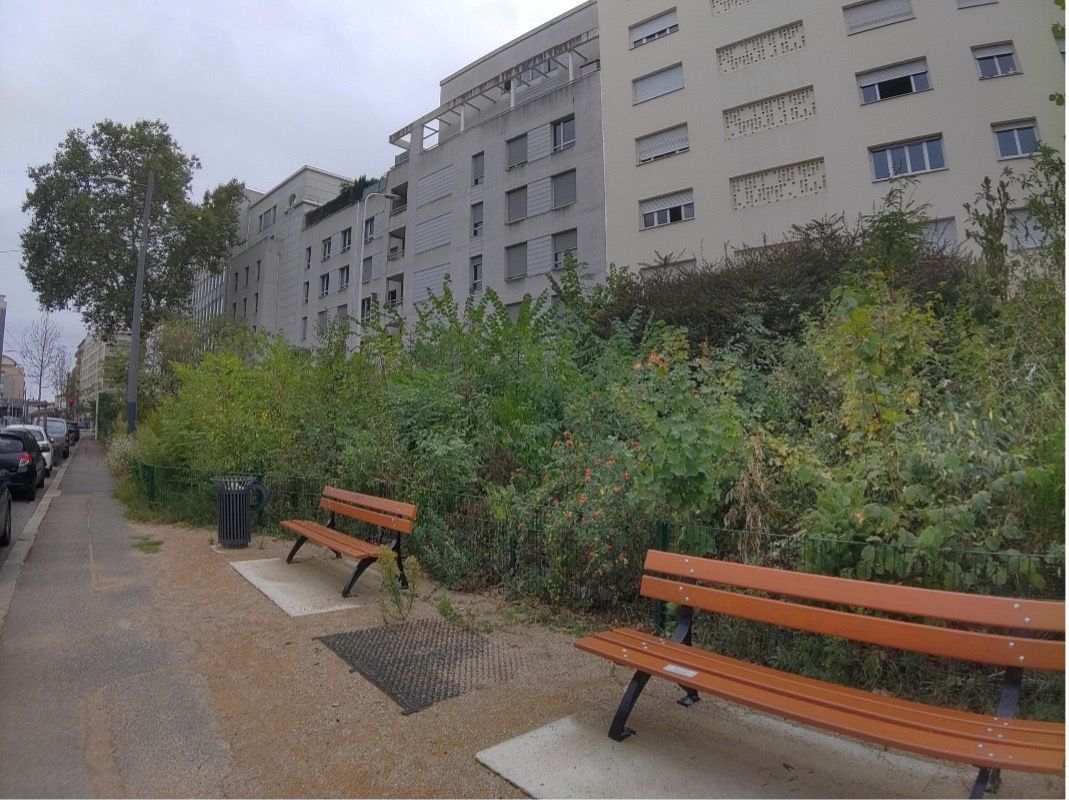Earth Jurisprudence, with Mike Bell
Why We Need An Earth Jurisprudence
By Mike Bell
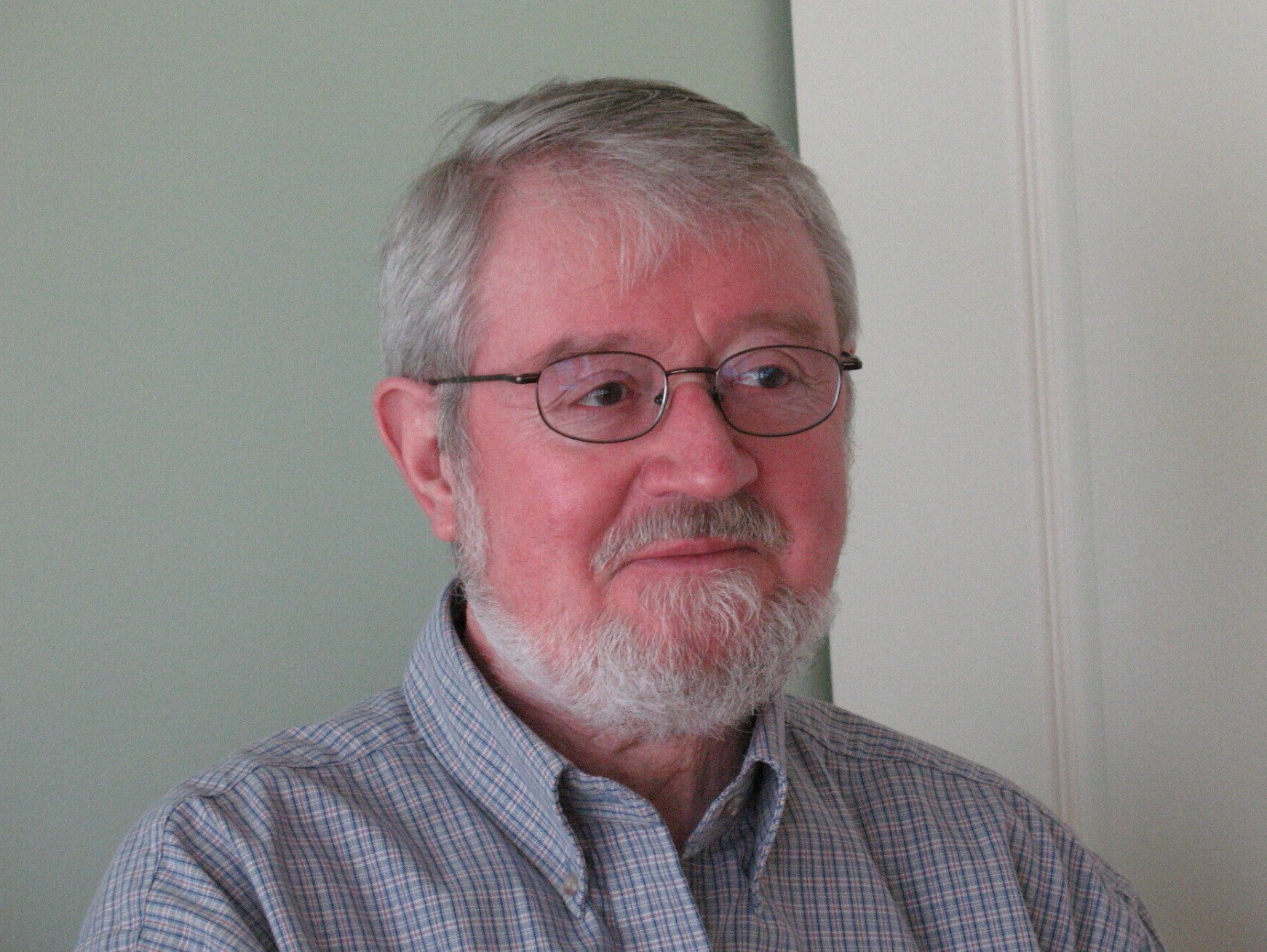
Today’s post comes to us from Mike Bell, a skilled and compassionate facilitator, with whom Programs in Earth Literacies has been grateful to partner on several workshops. He writes, "In the past, we moderns were not concerned about survival. But today, with serious scientists talking about the climate changing world as a potential “Sixth Extinction” we are, or should be, deeply concerned." More than a vague concern for "the environment", Bell insists it is, in fact, about our own life and death. "We need to find a way of dealing with our own survival. It could be that Earth Jurisprudence is precisely what we need. This could become the basis for our survival story."
Mike Bell worked for several years as management consultant specializing in communications, group animation, and community and organizational development. He has served as Superintendent of Social Service in Baffin, as well as in senior management positions in Yellowknife with the territorial government. He has worked on a wide variety of projects in the areas of community justice, health care and addictions, education, political and economic development and community planning. Much of his work focused on the development of aboriginal self-government.
Mike has a special interest in helping to build a conceptual bridge that links the traditional teachings of aboriginal elders with the insights of the new science and cosmology. These insights are leading to a growing awareness that organizations and communities are organisms, are part of a living universe, have a self-organizing capability and are guided by the same developmental principles that guide the development of the earth itself. His current work focuses on helping to develop a community climate change culture.
He lives in Comox, BC, with his wife, Arlene, where he volunteers in a number of community efforts opposing coalmines and pipelines.
The term Earth Jurisprudence means Earth laws. When most of us think about laws we tend to think about human laws. But human laws do not recognize Earth as having its own laws. Our environmental laws for the most part are designed to determine and perhaps limit the amount of damage we can do to Earth or to the environment.
I discovered Earth Law when in 1980 our family moved to Baffin Island in the high Arctic. I was hired as superintendent of social services for the Baffin region. When I first got there I thought of land as “real estate”. But later when I flew around to the thirteen communities (there are no roads) to discuss our services, I learned something else.
I would be in community meetings and, with the help of an Inuktitut interpreter, trying to get feedback on our services. Inevitably the elders would get up and say, “Learn from the land.” In every community they would repeat their mantra. I realized they weren’t talking about real estate. They were talking about something else, something that was living.
A few years later I left government and our family moved to the Northwest Territories in the western Arctic. I opened my consulting firm. On one occasion I was asked to help a Dene (First Nation) community develop their own land claim. Southern corporations were trying to move in and access their carbon resources.
I met with the group. The first morning we had a discussion about how they wanted to protect and organize their land. The discussion was getting nowhere. At one point during the coffee break an elder came to me and said, “Mike, sorry about the confusion. This discussion about organizing the land was difficult for us. In our culture we don’t organize the land. The land organizes us.”
In the 1990s in the run-up to the creation of Nunavut, the Inuit homeland in the high Arctic, there was a great deal of discussion about laws. Here is a comment from Inuit elder Mariano Aupilaarjuk.
"We are told today that Inuit never had laws or maligait ("things that have to be followed"). Why? Because they are not written on paper. When I think of paper I think you can tear it up and the laws are gone. The maligait of the Inuit are not on paper. They are inside peoples' heads and they will not disappear or be torn to pieces. Even if a person dies, the maligait will not disappear. It is part of a person. It is what makes a person strong.”
We might reflect upon these stories and say to ourselves, “These are nice stories about other peoples’ cultures. But what do they have to do with our culture? Is Mike Bell asking us to adopt Inuit or Dene cultures?" No, I’m not. The key to understand the significance of these stories is to recognize that they are about survival. The Inuit have somehow managed to survive for several thousand years in the harshest climate on Earth. In the past we moderns were not concerned about survival. But today, with serious scientists talking about the climate changing world as a potential “Sixth Extinction” we are, or should be, deeply concerned. We need to find a way of dealing with our own survival. It could be that Earth Jurisprudence is precisely what we need. This could become the basis for our survival story.
Earth Jurisprudence —The Origin
The first time I heard the term “Earth Jurisprudence” was in 2000. I got a call from The Gaia Foundation in London, England. This organization works with Indigenous groups around the world. They were inviting me, at the request of Thomas Berry, to attend an Earth Jurisprudence workshop in Virginia. They were inviting a dozen or so participants from various countries, half of them lawyers working on the environment and the other half, like me, were consultants working in Indigenous communities around the world. The conference opened with Thomas Berry outlining the basic principles of an Earth Jurisprudence. They were the agenda for the four-day conference. Here they are. (Some months after the conference with assistance from Thomas Berry I wrote an article about the conference. I’ve taken some steps to simplify the language. The article can be found here.)
THE NATURE OF RIGHTS
The planet Earth is a single Earth community. Earth, the human species and the other-than-human species have certain rights.
Rights originate from where existence originates. The fact that something comes into existence gives it the right to exist.
The natural world and its species get their rights from the same place humans get their rights—from the universe that brought them into existence.
The universe is a communion of subjects, not a collection of objects. As subjects (having some form of what we call consciousness and a self-organizing capacity) the members of the Earth community are capable of having rights.
Every component of the Earth community has three rights: 1) the right to exist, 2) the right to habitat, and 3) the right to fulfill its role in the ever-renewing process of the Earth community.
All rights are species specific and limited. Rivers have river rights. Birds have bird rights. Insects have insect rights. Humans have human rights.
Rights must be seen within the context of the laws guiding the natural world and the Earth community. Every member of the community is dependent upon every other member for what it needs for its own survival and nourishment. This mutual nourishment includes the law of predator-prey relationships.
Human rights do not cancel out the rights of other species or components of the Earth. Human property rights are not absolute. They are simply a special relationship between a particular human steward and a particular piece of “property” for the benefit of both.
Human rights and laws flow from the rights of Earth and its laws. Humans do not give rights to Earth. Earth gives rights to us humans through the universe by bringing us into existence.
In a special manner, humans have a right to have the natural world provide the wonder we need for human intelligence, the beauty we need for human imagination, and the intimacy we need for human emotions.
A Sense of Direction
There is an old story about a young couple out for a drive who got lost. They stop in a gas station to ask for directions. The attendant comes out, they tell him where they want to go and ask him for directions. He pauses for a moment, looks down the road and says, “You can’t get there from here.” Getting to an Earth jurisprudence is much like that. You can’t simply decide to take the usual route—using our human jurisprudence systems and laws in the hope that they will lead us to an Earth Jurisprudence system. As the man said you can’t get there from here. There are some temporary fixes—recycling, reducing carbon-based systems, switching to electric vehicles, adopting the Green New Deal or the Doughnut Economy. These are all good efforts but they only partly address the problem. We have to turn things around. We have to reframe.
On one visit to Thomas Berry in the early 90s I went down from the Arctic to his home in North Carolina. I said to him, “Tom, some of my friends in the Arctic use the beauty of the natural environment to inspire their meditations. Have you ever written something on the beauty of the Earth to help with personal meditation?” He paused and then said, “No, I haven’t.” I was surprised. Then he said, “But I have written something on an Earth Spirituality.”
His point…Earth is not something “out there”. It is something within us. We are earthlings. We must accept this reality. This is precisely why Indigenous people often say, “To all my relations”. In like manner we must realize that human laws cannot develop an Earth Jurisprudence. It is the Earth Jurisprudence that must govern the creation of a Human Jurisprudence system.
The Way Forward
Scientists tell us that the Universe began some fifteen billion years ago. Earth came into existence about four billion years ago. From the creation of Earth down to our own time the living Earth has created us and other species. We have all depended upon Earth for our continued existence through the process of evolution. Beginning at the end of the 18th Century with the Industrial Revolution we humans have gradually taken over the process of evolution. More recently with the development of neoliberal systems we have begun to determine which species and resources will exist and which we can do without.
Today, climate change is threatening our continued existence. Many of our human laws are complicit in this situation. It is imperative that we stop doing to Earth what we are doing and instead introduce laws that develop and sustain a mutually enhancing relationship between ourselves and Earth. We do need to adapt some of our current systems for the short term. But we must also introduce Earth Laws. They are the laws of nature—laws of an Earth Jurisprudence. Does this sound possible? It is possible. Communities all over the world are engaged in this Earth Jurisprudence effort. But it is always a difficult struggle, a life and death struggle. We find ourselves existing between two worlds.
Recently I came across a comment from a man who found himself in the middle of such a life and death struggle. He explained the challenge this way:
“Between the stimulus and response there is a space. In that space is our power to choose our response. In our response lie our growth and our freedom (Viktor Frankl, Man’s Search for Meaning. P. 65-67).
